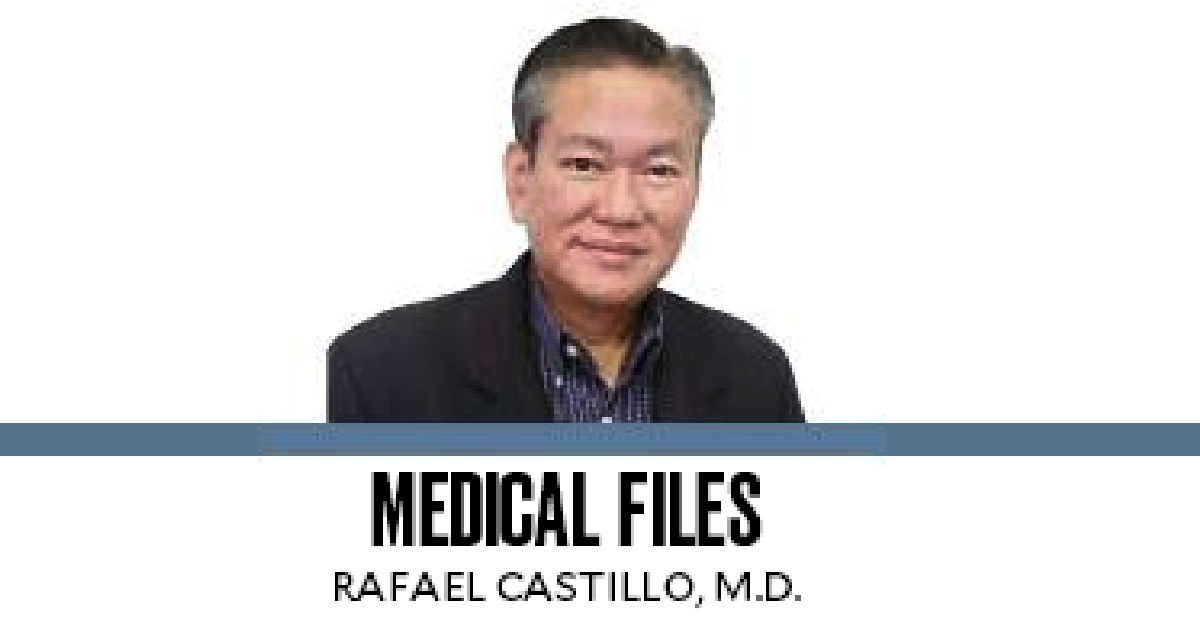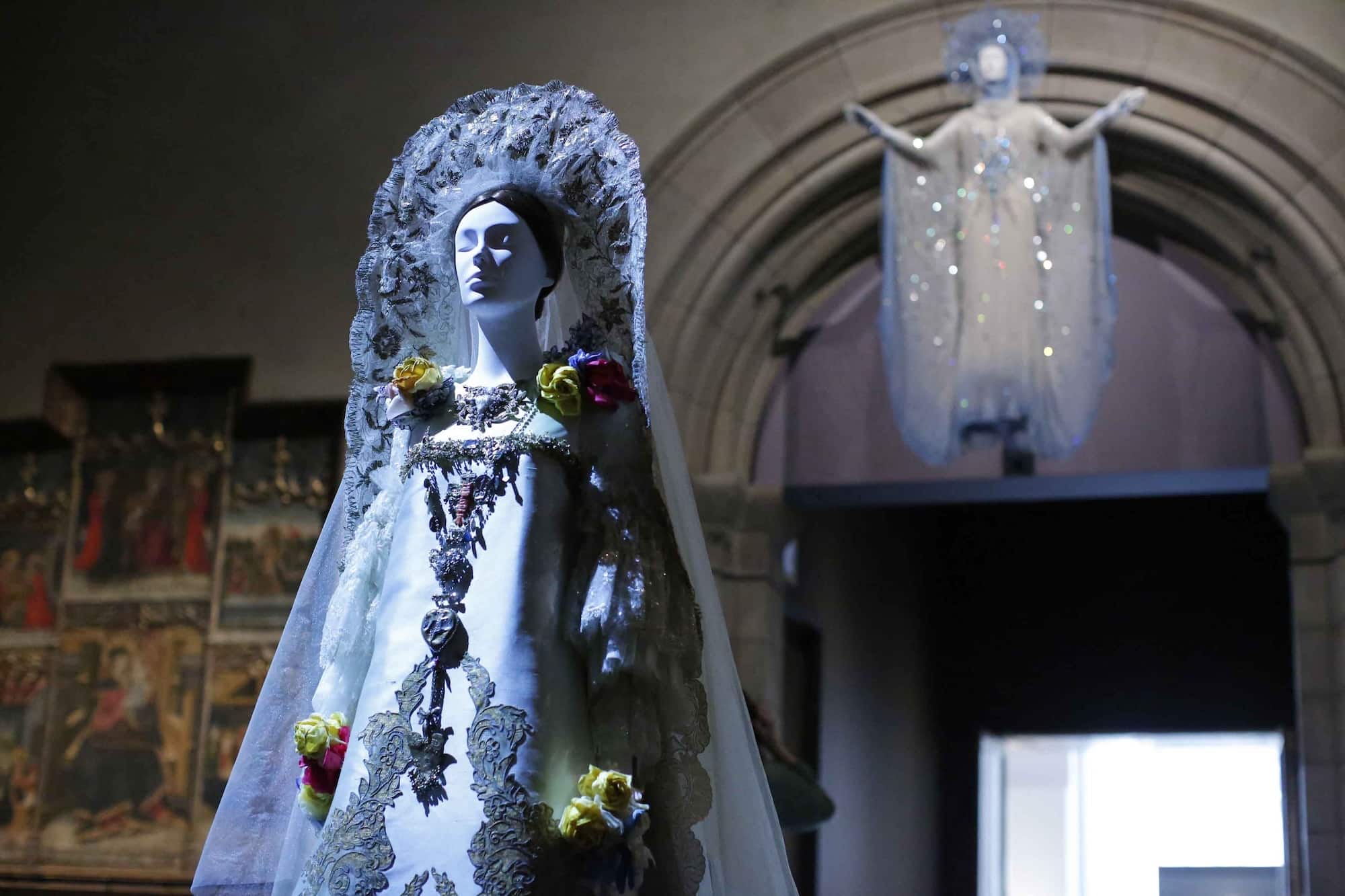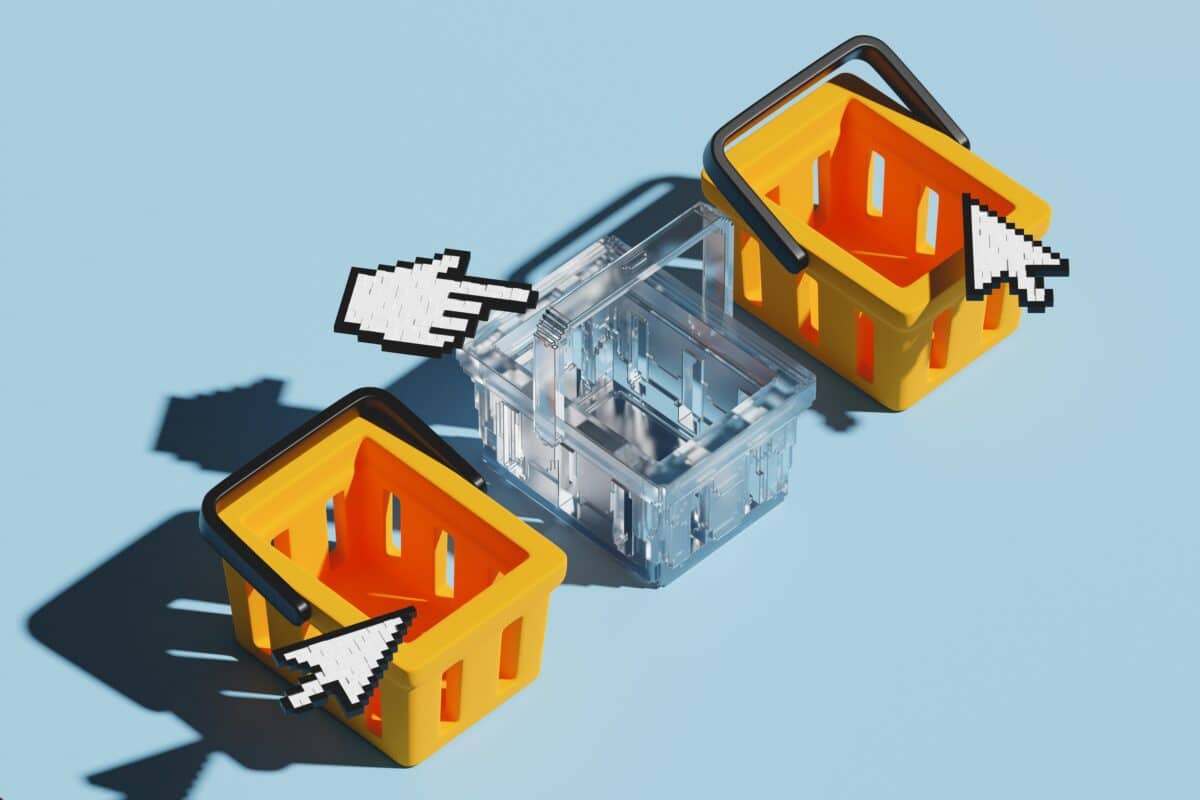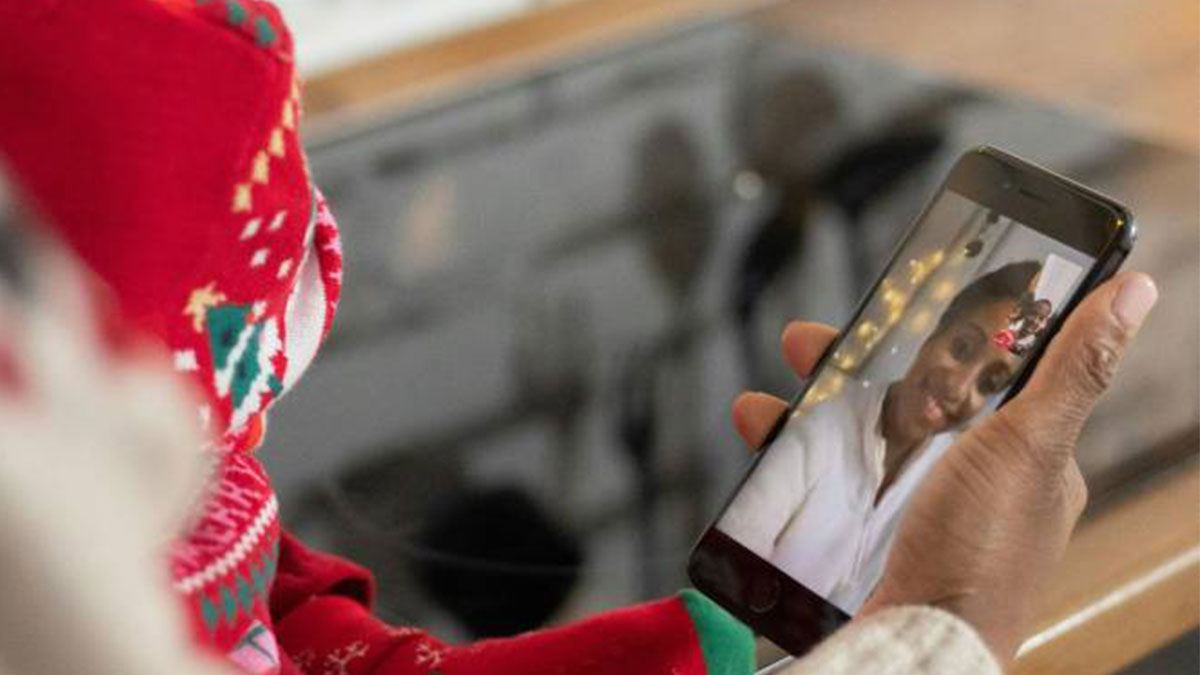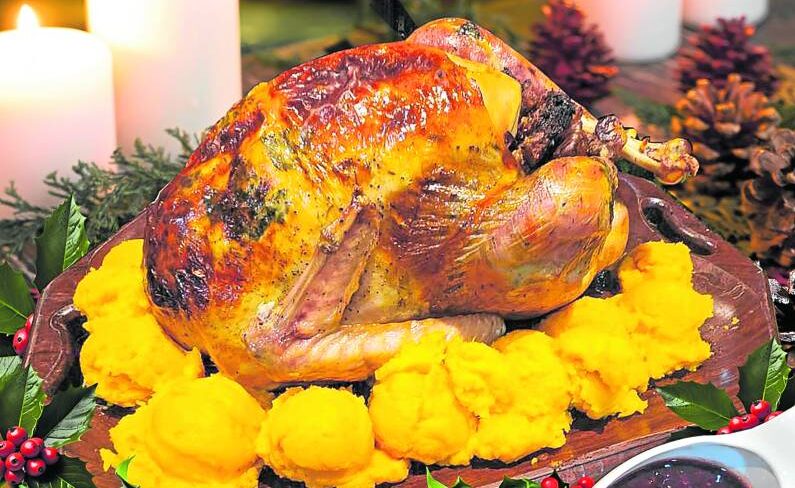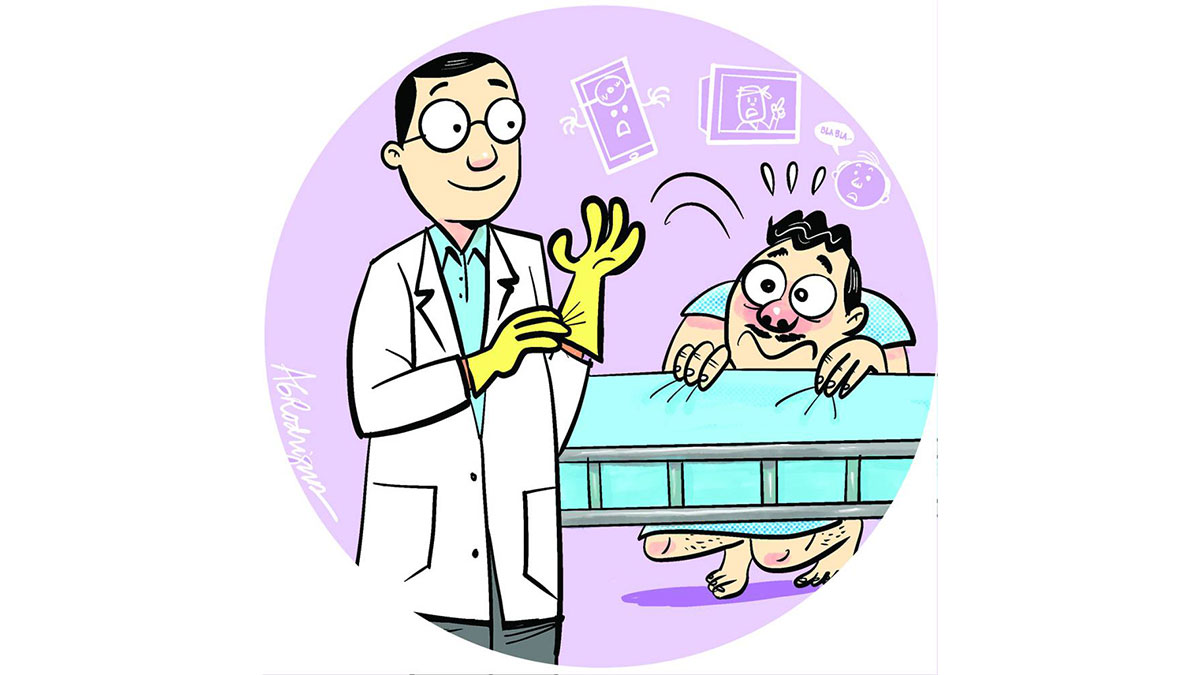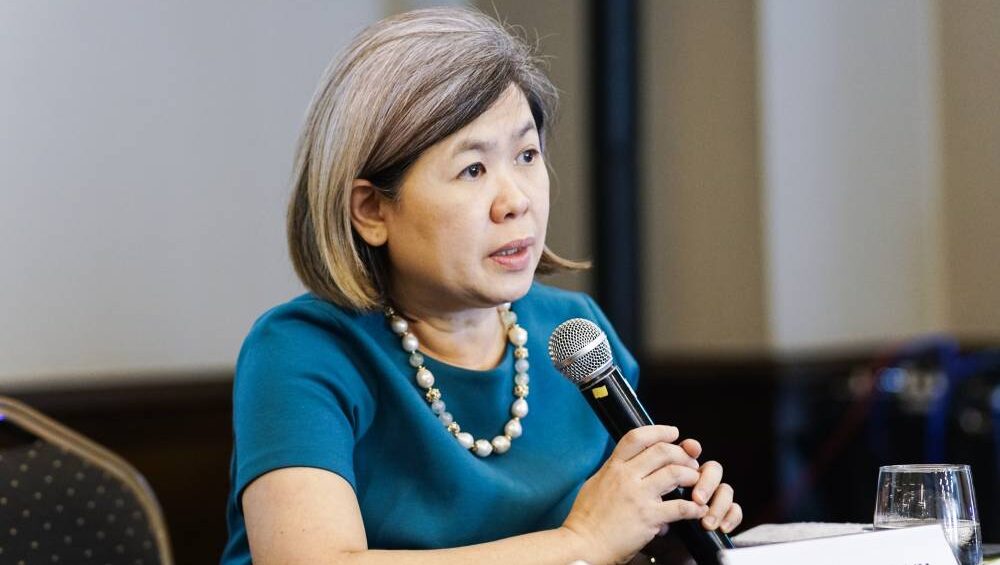Before the big correction in the new coronavirus disease (COVID-19) recovery rate announced by the Department of Health (DOH) last Thursday, many were wondering if our COVID-19 patients were not recovering fast enough.
I submitted an earlier version of this column last Thursday, and by uncanny coincidence, the DOH reported that afternoon the correction on the reported recovery rate. I had to update this column.
Anyway, I’m glad that the DOH finally made this important correction, as it allayed fears on why our recovery rate seemed so sluggish.
As of July 29, the reported stats indicated we had among the lowest recovery rates in Asia-Pacific. Four months into the pandemic, the DOH stats showed that 85,486 are confirmed positive and 26,996 have recovered—a recovery rate of 31.6 percent.
Compare that to Brunei, Malaysia, Thailand and South Korea with recovery rates of 97.9, 96.2, 94.3, and 92 percent, respectively. That made us concerned that we were not treating our COVID-19 patients well enough.
If we look at some First World countries like the United States, United Kingdom and Netherlands, however, we don’t seem to be doing too bad, with their recovery rates at 31.4, 0.47, and 0.36 percent, respectively. If you look at the global stats, Sweden even registers a zero recovery rate.
Looking at these seemingly dismal recovery rates of medically advanced nations, one presumes that the wide variances could be due only to different criteria applied by the countries as to who could be considered “recovered.”
In our case, it was possible that many hospitals, health facilities and physicians treating COVID-19 cases were still using the old criterion for recovery: two negative COVID-19 swab tests.
Shortage of beds
It used to be that recovered cases would not be discharged unless they fulfilled this criterion, even if they had been symptom-free for a week or so. I believe this contributed to the shortage of COVID beds for new patients who needed confinement in the first surge in March and April, since recovered patients were still waiting for their second negative swab test result using the reverse transcription polymerase chain reaction (RT-PCR).We pointed this out to Health Secretary Francisco Duque III in a virtual brainstorming meeting, who then asked his staff to review the criterion and make the necessary changes.
The use of the same criterion probably explained the recorded low recovery rate up to last Wednesday.
Many recovered patients, particularly mild and asymptomatic cases, don’t even bother to get a second swab done anymore—first, because it’s a big hassle and a strain on the thinning wallet, and second, because even if they wanted it, they’re no longer given priority for the test.
The latter makes sense since we still have a shortage of RT-PCR kits to test all those who really need it. These include those with symptoms or have close exposure to COVID-19 patients.
Based on available data, it’s fairly safe to assume that at least two weeks after the complete resolution of one’s symptoms, one no longer has potentially infective viruses in his or her system. So, even without the test, one could be considered recovered.
As of this writing, there has been no detailed report yet of the DOH basis for revising its recovery rate, but it’s likely based on the accepted recovery period of COVID-19 cases.
The recovery time could be adjusted depending on the severity of cases: two weeks for mild and asymptomatic cases, which make up around 99 percent of confirmed cases; four weeks for hospitalized moderately severe cases; and six weeks for severe and critical cases.
Even if there are no reports received after these periods, the cases should be recorded as recovered already, especially the mild and asymptomatic cases. I think no one would dare question that these cases could be considered recovered after two weeks, whether you get a follow-up report or not. In the unlikely event that they get more sick and die, they will be reported as deaths.
The point is, our recovery rate as previously reported before the big correction last Thursday did not reflect the actual percentage of recovered patients. Discounting the number of fresh confirmed cases the last two weeks, I calculated in my original piece that there must have been at least 80 percent recovered cases, which was more than twice what was reported then.
After the correction, perhaps partly triggered by the record high of 3,954 new cases reported on Thursday, the DOH recovery rate jumped from 31.6 percent to around 73 percent.
Crucial
This big correction in our COVID-19 recovery rate is crucial, because many policy makers and experts cite this as one of the reasons we may have to resort to a stricter risk classification in areas with increasing numbers of new confirmed cases.
As we wrote in previous columns, while we should do everything possible to save every life imperiled by COVID-19, another lockdown could cause irreparable damage on the physical, mental and socioeconomic health of the nation in the long-term.
Attaining a good balance between safety and preventing socioeconomic collapse could be a challenge, but with well-calibrated moves, it could be achieved. We just have to look at the best practices of neighboring countries to be motivated that we could do it, too.We must take calculated risks, not reckless bold moves. We call it “active defense,” being defensive yet gradually but actively opening up the economy.Reopening the economy would be reckless if we fail to reinforce all prescribed precautions, such as distancing, avoiding unnecessary socializing, use of face mask and face shield, and regular hand washing. It’s also irresponsible to lag behind in our target for accurate testing, contact tracing and health facility expansion.
I believe that so long as these precautions are strictly, voluntarily enforced, mass transportation could even be resumed, as well as high school and college education, and other essential activities.
Calibrated moves can be more confidently made by our government with well-thought-out goals using specific metrics. Unless metrics are objectively set and achieved, our desire to beat COVID-19 will remain an intention.
It’s been apparent that this contagion will hit almost every nook and corner of the archipelago; it’s just a matter of time. We’ve proposed at the start of the pandemic that every local government unit (LGU) must be prepared to deal with the outbreak—with the benefit of foresight and lessons learned from other LGUs which have already taken a hit. There could be a generic contingency plan which LGUs could adopt, but such plans must be metrics-based.
It does not inspire confidence when up to a few days ago, Baguio City Mayor Benjamin Magalong lamented that less than 1 percent of the 600 LGUs he’s been trying to assist have a good contact tracing system. That means 99 percent of our LGUs are unprepared.
With our worries partially allayed by corrected DOH stats, there’s another figure in the COVID-19 stats that might be worth adjusting, to make the DOH stats closer to reality.
We’re glad we have one of COVID-19 lowest death rates. Our DOH-reported latest death rate is 2.3 percent, compared to the global average of 4 percent—better than in the United States, the United Kingdom and the Netherlands with 3.4, 15.2 and 11.4 percent respectively.
False negatives
The problem is that we register only the deaths of those with confirmed RT-PCR swab tests. Many severe and critical COVID-19 cases die even without the benefit of an RT-PCR test. They sometimes die right in the emergency room before they can be admitted.
In many instances, the test was done but the results made available only after the patient’s death, so the death certificate states either pneumonia, myocarditis, heart failure or other causes that are most likely COVID-19-related.
In several cases, patients have all the typical COVID-19 signs and symptoms, including the chest X-ray findings, yet their RT-PCR tests turn out negative. These are the false negative tests. Should they die, they’re signed out as severe pneumonia and other medical conditions confirmed by ancillary laboratory tests, but not as COVID-19.
Looking at our own stats at Manila Doctors Hospital, these deaths not attributed to COVID-19, but with the patients showing the classic adult respiratory distress syndrome most likely due to COVID-19, make up about half or more of the registered deaths with confirmed COVID-19 RT-PCR.
So I suggest the DOH include the deaths of those with probable COVID-19, based on clinical presentation, not only those with positive RT-PCR tests. These can be reported separately, like reporting “old” and “fresh” new cases.
While COVID-19 will remain on top of our “to-worry-about” list, more accurate information on what we fear and worry about is already solving half the problem. Otherwise, the unseen enemy becomes even more invisible. INQ

